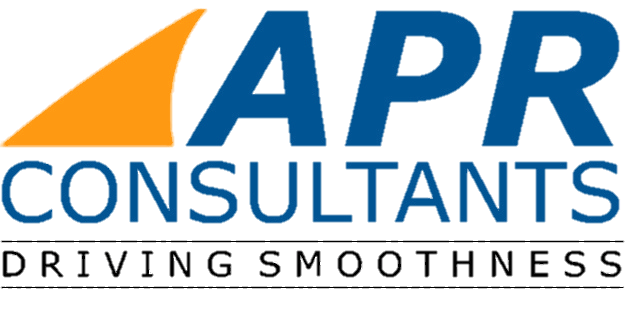Aircraft Simulation
Currently, there is no criteria for determining how rough is too rough. Recognizing the absence of this criteria, APR uses a study1 that helps define what is considered “uncomfortable”. The results of this study found that when exposed to vertical accelerations .40g and higher, respondents became uncomfortable. Using this study, APR’s aircraft models predict accelerations at the Pilot’s Station and at the Aircraft’s Center of Gravity. These aircraft oscillations are plotted in reference to two red lines marking +.40g and -.40g. When the predicted oscillations meet or exceed that red band, ride quality becomes compromised.
Left: These plots show aircraft response to a smooth runway, moderate runway and an exceptionally rough runway. These simulations were of a Boeing 737-800 performing a takeoff operation.
1 Goldman, D.E., Von Gierke, H.E. “Effects of Shock and Vibration on Man.” The Shock and Vibration Handbook, Volume III, 1961, Section 44.
APR’s aircraft simulation technology can be used for any real-life operational scenario. Using 17 different models of commercial aircraft, APR can simulate constant speed taxi operations, takeoff, landing and aborted takeoff scenarios. There are a huge number of variables with each operation type. These variables play important roles in how the aircraft responds to the pavement’s profile. Each operation needs to be evaluated to determine the true ride quality of the runway. This is one of the tremendous advantages of aircraft simulation.
Right: Here are three simulations, takeoff, 60-knot constant speed taxi and a landing, on a runway that has a history of producing pilot and passenger complaints. A Boeing 737-800 was used for each simulation.






